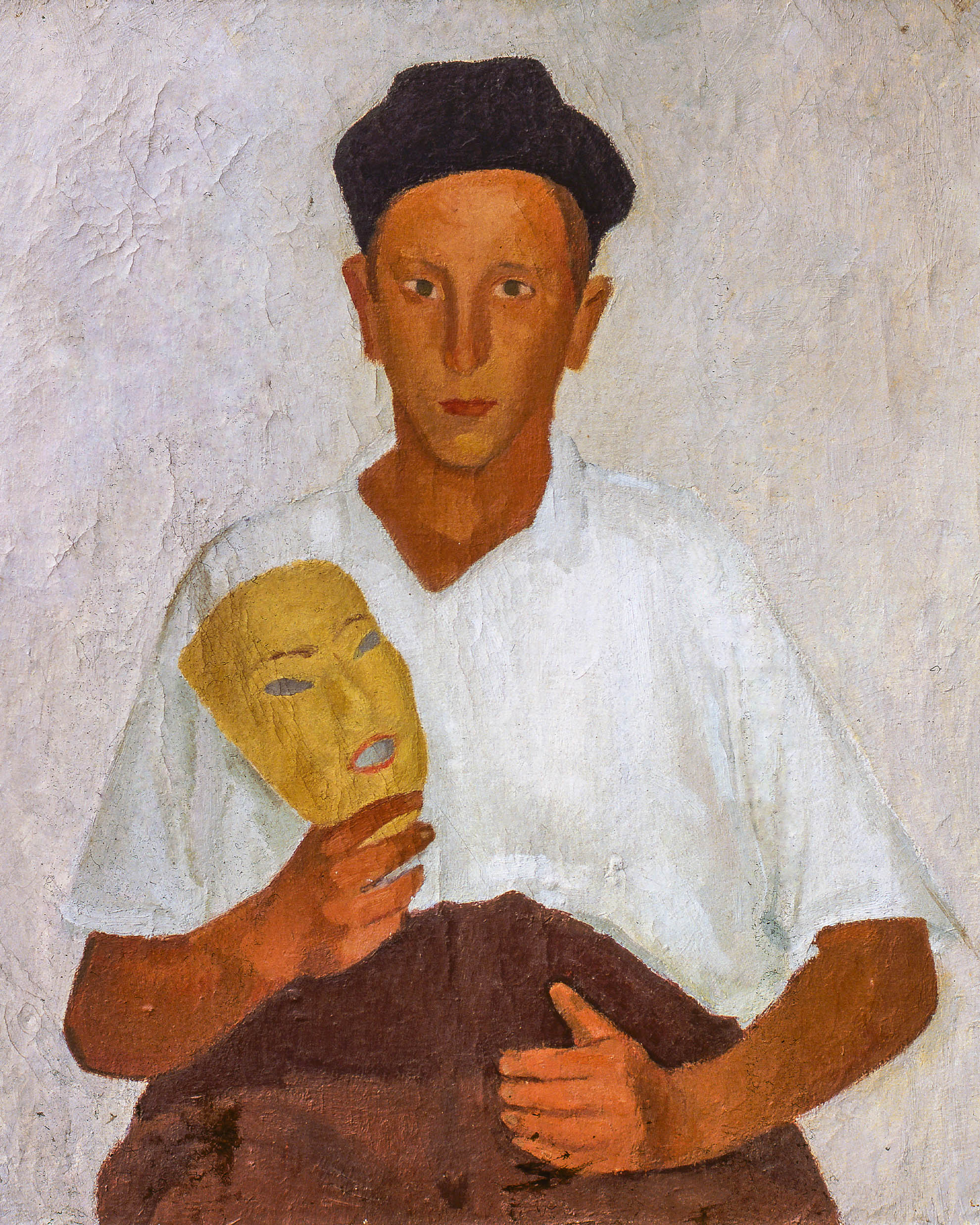
Alchemy and Transfiguration
EMANUELE CAVALLI: SOLEMN SIMPLICITY
Fabio Benzi, Caterina Napoleone“Piero’s art lives on, influencing the greatest modern painting”: with those words Roberto Longhi concluded his study of Piero della Francesca (1927). His whole life long, Emanuele Cavalli sought to create art comparable in its age-old serenity and equilibrium to the work of the painter of Sansepolcro, or perhaps that of the artist who frescoed Pompeii’s Villa of the Mysteries. The Roman school – or École de Rome – was the label applied by a French art critic in the 1930s to Cavalli and his friends and fellow artists Giuseppe Capogrossi and Corrado Cagli. The culture of that period was complex, nebulous, and rife with esotericism. Cavalli subscribed to those beliefs, but it did nothing to undermine his crystalline instinct for form and compositional space. Instead, he sought an ideal eurythmy in figurative art and its canonical genres – the nude and the still life. He aspired to the category of the category of the spiritual in art (Kandinsky) that others sought in abstraction.







